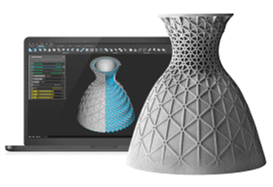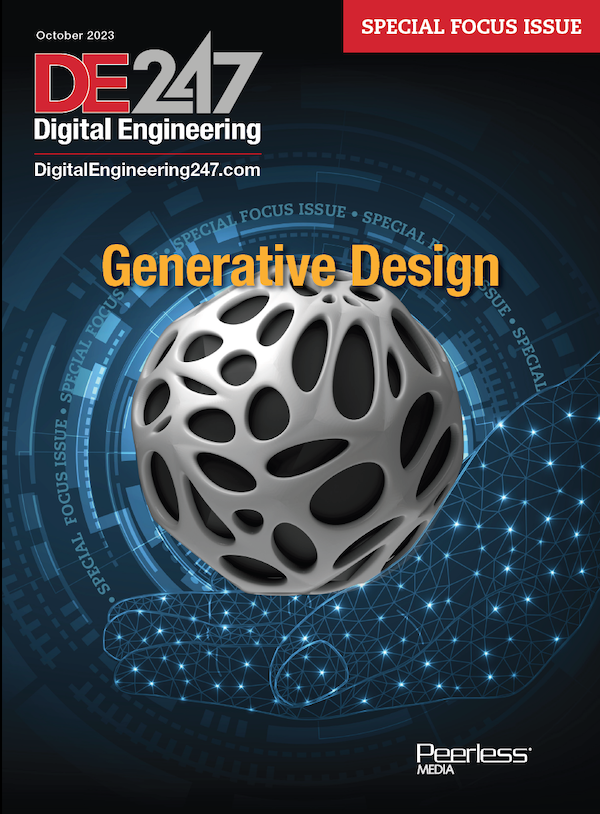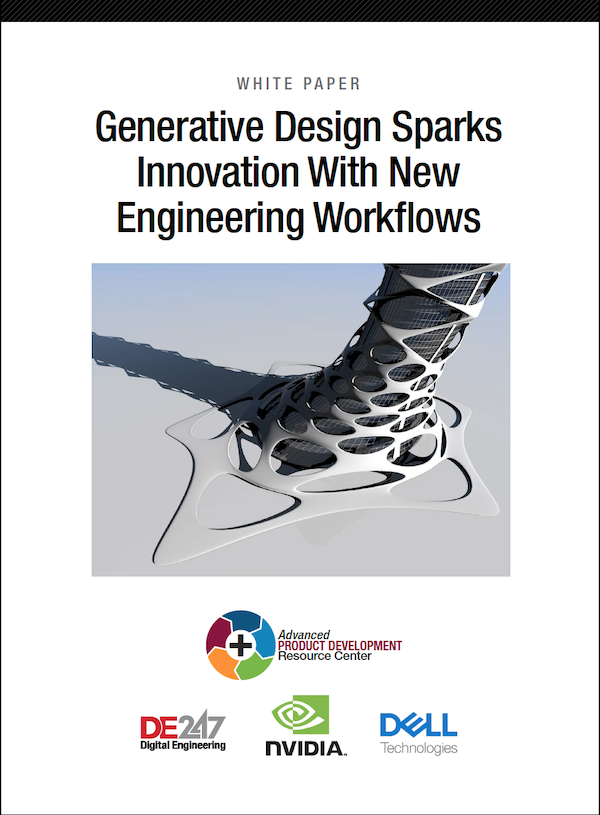nTop Platform Meets Advanced Manufacturing
New platform from nTopology integrates CAD, simulation and CAM technologies to accelerate the design of complex and lightweight parts.

nTop Platform supports the lightweighting of parts through lattices, gyroid infill, and topology optimization. Image Courtesy of nTopology.
Latest News
July 16, 2019
As advanced manufacturing introduces new challenges to traditional product development workflows, one company is touting its new platform as a more effective way to generate complex, parametric designs primed for advanced manufacturing techniques, including 3D printing.
The three-year-old nTopology just released nTop Platform, a computational-based offering that integrates CAD, simulation, and computer-aided manufacturing (CAM) capabilities to help engineering teams create complex and optimized geometries that are difficult or impossible to make with traditional offerings, according to Bradley Rothenberg, the company’s founder and CEO.
“The shift to advanced manufacturing is the driver that’s allowing us to innovate new engineering processes,” Rothenberg says. “We can make parts with unprecedented complexity,” and allow for the design and material composition of a part to be handled in the same system and workflow, he explains.
Unify Design, Simulation and Manufacturing
Not only do current generation CAD and simulation tools limit the design possibilities, they also require engineers to waste time on low-value work such as model clean up or moving files in and out of CAD systems. “Ninety percent of engineers’ time can be spent fixing models, inputting data, or moving data and doing rework,” Rotherberg says. “The current tool chain doesn’t allow you to innovate fast when developing processes for advanced manufacturing.”
nTop Platform’s approach is to feed simulation inputs into the core design model, which unifies design, simulation, and manufacturing processes. The platform employs implicit modeling and field-based design techniques to accelerate product development processes, officials claim, and the inputs can come from a variety of CAD and simulation software programs. By combining CAD modeling with analysis data, engineering teams can create lightweight geometries such as lattices, structural ribbing, gyroids, or solid topologies.
“Traditional engineering software decouples design analysis and manufacturing functions — we combine both into single, seamless workflow,” Rothenberg says.
nTop Platform also incorporates Engineering Notebooks to help teams document and share knowledge. The resulting workflows can then be packaged, shared, and deployed to other team members in the form of reusable, configurable templates.
Watch this video for a preview of nTop platform.
Subscribe to our FREE magazine, FREE email newsletters or both!
Latest News
About the Author
Beth Stackpole is a contributing editor to Digital Engineering. Send e-mail about this article to [email protected].
Follow DE





